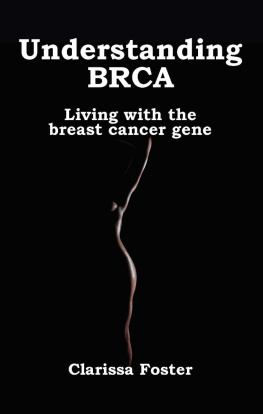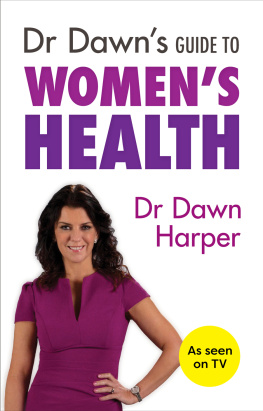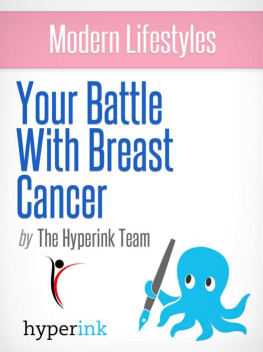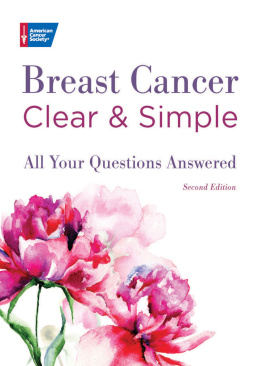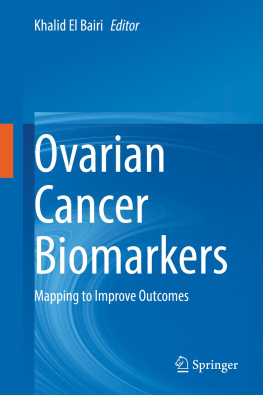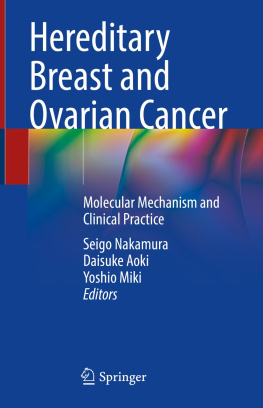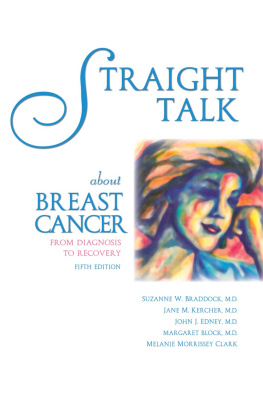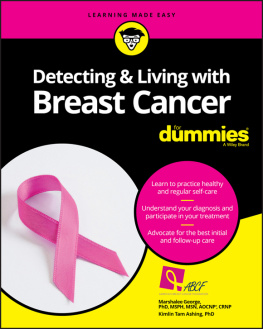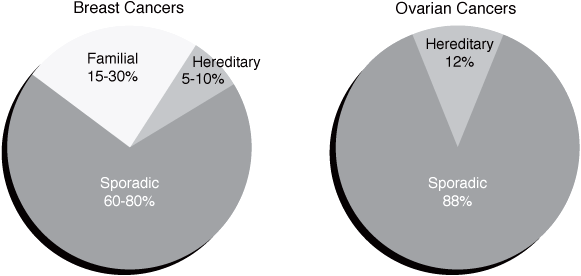Sue Friedman - Confronting Hereditary Breast and Ovarian Cancer: Identify Your Risk, Understand Your Options, Change Your Destiny
Here you can read online Sue Friedman - Confronting Hereditary Breast and Ovarian Cancer: Identify Your Risk, Understand Your Options, Change Your Destiny full text of the book (entire story) in english for free. Download pdf and epub, get meaning, cover and reviews about this ebook. year: 2012, publisher: Johns Hopkins University Press, genre: Science. Description of the work, (preface) as well as reviews are available. Best literature library LitArk.com created for fans of good reading and offers a wide selection of genres:
Romance novel
Science fiction
Adventure
Detective
Science
History
Home and family
Prose
Art
Politics
Computer
Non-fiction
Religion
Business
Children
Humor
Choose a favorite category and find really read worthwhile books. Enjoy immersion in the world of imagination, feel the emotions of the characters or learn something new for yourself, make an fascinating discovery.

- Book:Confronting Hereditary Breast and Ovarian Cancer: Identify Your Risk, Understand Your Options, Change Your Destiny
- Author:
- Publisher:Johns Hopkins University Press
- Genre:
- Year:2012
- Rating:5 / 5
- Favourites:Add to favourites
- Your mark:
Confronting Hereditary Breast and Ovarian Cancer: Identify Your Risk, Understand Your Options, Change Your Destiny: summary, description and annotation
We offer to read an annotation, description, summary or preface (depends on what the author of the book "Confronting Hereditary Breast and Ovarian Cancer: Identify Your Risk, Understand Your Options, Change Your Destiny" wrote himself). If you haven't found the necessary information about the book — write in the comments, we will try to find it.
Be informed. Be empowered. Be well.
If you are concerned that the cancer in your family is hereditary, you face difficult choices. Should you have a blood test that may reveal whether you have a high likelihood of disease? Do you preemptively treat a disease that may never develop? How do you make decisions now that will affect the rest of your life? This helpful, informative guide answers your questions as you confront hereditary breast and ovarian cancer.
Developed by Facing Our Risk of Cancer Empowered (FORCE), the nations only nonprofit organization dedicated to supporting families affected by hereditary breast and ovarian cancer, this book stands alone among breast and ovarian cancer resources. Equal parts health guide and memoir, it defines complex issues facing previvors and survivors and provides solutions with a fresh, authoritative voice.
Written by three passionate advocates for the hereditary cancer community who are themselves breast cancer survivors, Confronting Hereditary Breast and Ovarian Cancer dispels myths and misinformation and presents practical risk-reducing alternatives and decision-making tools. Including information about genetic counseling and testing, preventive surgery, and fertility and family planning, as well as explanations of health insurance coverage and laws protecting genetic privacy, this resource tackles head-on the challenges of living in a high-risk body.
Confronting hereditary cancer is a complex, confusing, and highly individual journey. With its unique combination of the latest research, expert advice, and compelling personal stories, this book gives previvors, survivors, and their family members the guidance they need to face the unique challenges of hereditary cancer.
Sue Friedman: author's other books
Who wrote Confronting Hereditary Breast and Ovarian Cancer: Identify Your Risk, Understand Your Options, Change Your Destiny? Find out the surname, the name of the author of the book and a list of all author's works by series.

